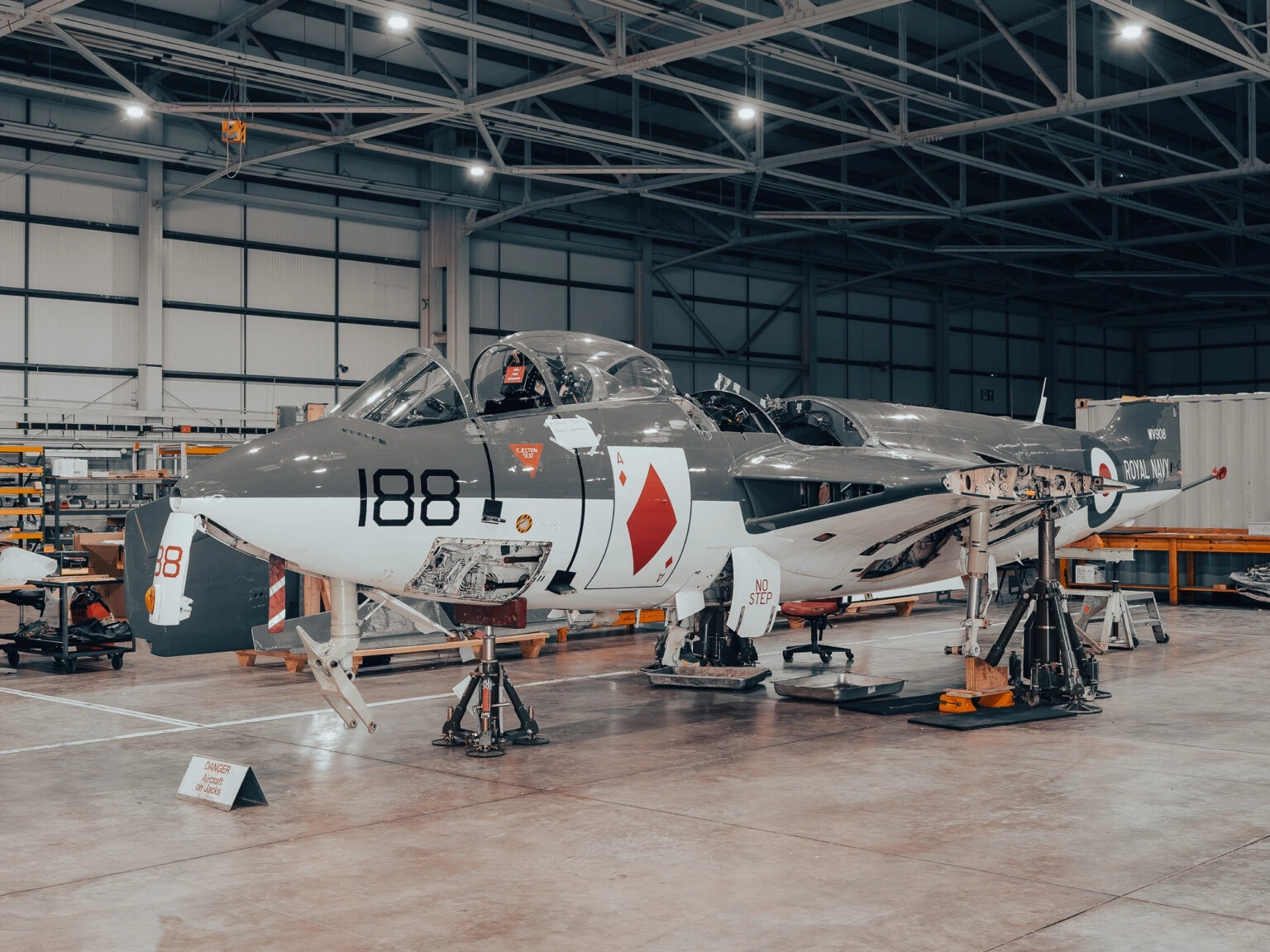Four Thirds Advantage
Jul 01, 2024
By Steven Reid
In the past decade I have swapped systems no less than five times, it has taught me a lot. Last year I returned to the world of Micro Four Thirds by purchasing the OM-1. I appreciate that it is not to everyone’s taste, but I thought I would share the four features of this system I have found most useful for my aviation photography.

(Image taken Hand Held 1.6s)
1) In Body Image Stabilisation (IBIS).
Olympus/OM have always led the way with IBIS. More manufacturers have since adopted the technology, but the smaller sensor has allowed M4/3rds cameras to really push the boundaries. In some cases photographers have been able to get useable photos from 30 second exposures . For me personally, the longest, sharp, exposure I have achieved is 13 seconds. In practical terms I get around 90% of sharp shots taken at 1 second. This has revolutionised my night shoots as I no longer need to use a tripod during the chaos of an engine run. The IBIS has also allowed me to get shots holding the camera above my head, getting a unique perspective.

(Image Down Res from 80MP original.)
2) High Resolution
Most m43rds sensors have around 20MP (The new Panasonic sensor has 25.2) , to get around this limitation Olympus was on of the first manufacturers to introduce a High Resolution / Pixel Shift mode. In this mode the camera will take a series of photos and then merge them into one high resolution image. Between each frame the IBIS unit shifts the sensor’s position to improve the colour data in the final file.
The OM-1 allows for a 50MP file to be created in hand-held mode or an 80MP image to be created when on a tripod. Unlike other manufacturers, the M4/3rds cameras produce a high-res RAW file in camera that can be imported directly into lightroom
I use this mode a lot for statics, when there is not too much wind. It is also useful for night shoots as the composite RAW file has very little noise.
3) Equivalence
Equivalence is becoming a dirty word in the world of photography , as everyone compares their respective formats to 35mm / Full Frame rather than enjoying each format on it own merits .
However, I will make a quick note on it as for aviation I believe it is an advantage. Compared to 35mm M4/3rds has a crop factor of 2.0 meaning that a 400mm lens will give an equivalent field of view to a full frame 800mm lens. The depth of field will also double so an image taken at f2.8 on M4/3rds will look similar to full frame at f5.6, however, it won’t affect the exposure . Meaning you should be able to shoot twice as fast, whilst maintaining a decent depth of field. As the lenses don’t require as much light, they can be a lot smaller and more compact.
4) Base ISO 200
The base ISO of most M4/3rds Sensors is ISO 200, at this ISO the camera will produce its cleanest images. Again this means that when shooting fast moving subjects , like jets, you will be able to gain a stop of speed. However, when you are shooting at a slower shutter speed, i.e. for props, this can be an encumbrance . To get around this I will shoot with an ND filter, as diffraction sets in twice as early on M4/3rds so it best not to shoot over f8 to get sharper results.
Did you know our blogs are written exclusively by our members? We'd love for you to come and experience what COAP Online is all about!
Not yet a member?
Enjoy a free 30-day trial!
COAP Online membership brings 100s of aviation photographers from around the world together in a friendly, helpful and inspirational community. You'll enjoy monthly challenges, competitions, livestreams, blogs, exclusive discounts, meet-ups and more!




